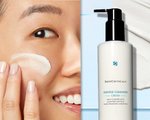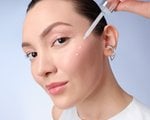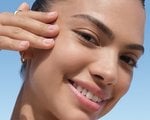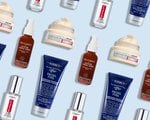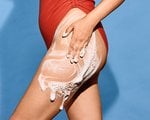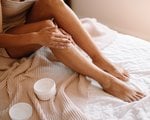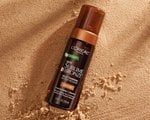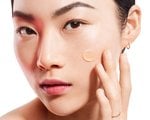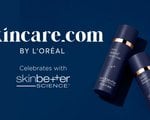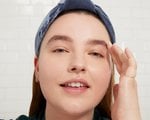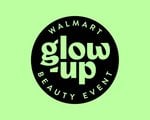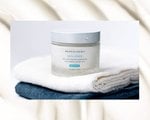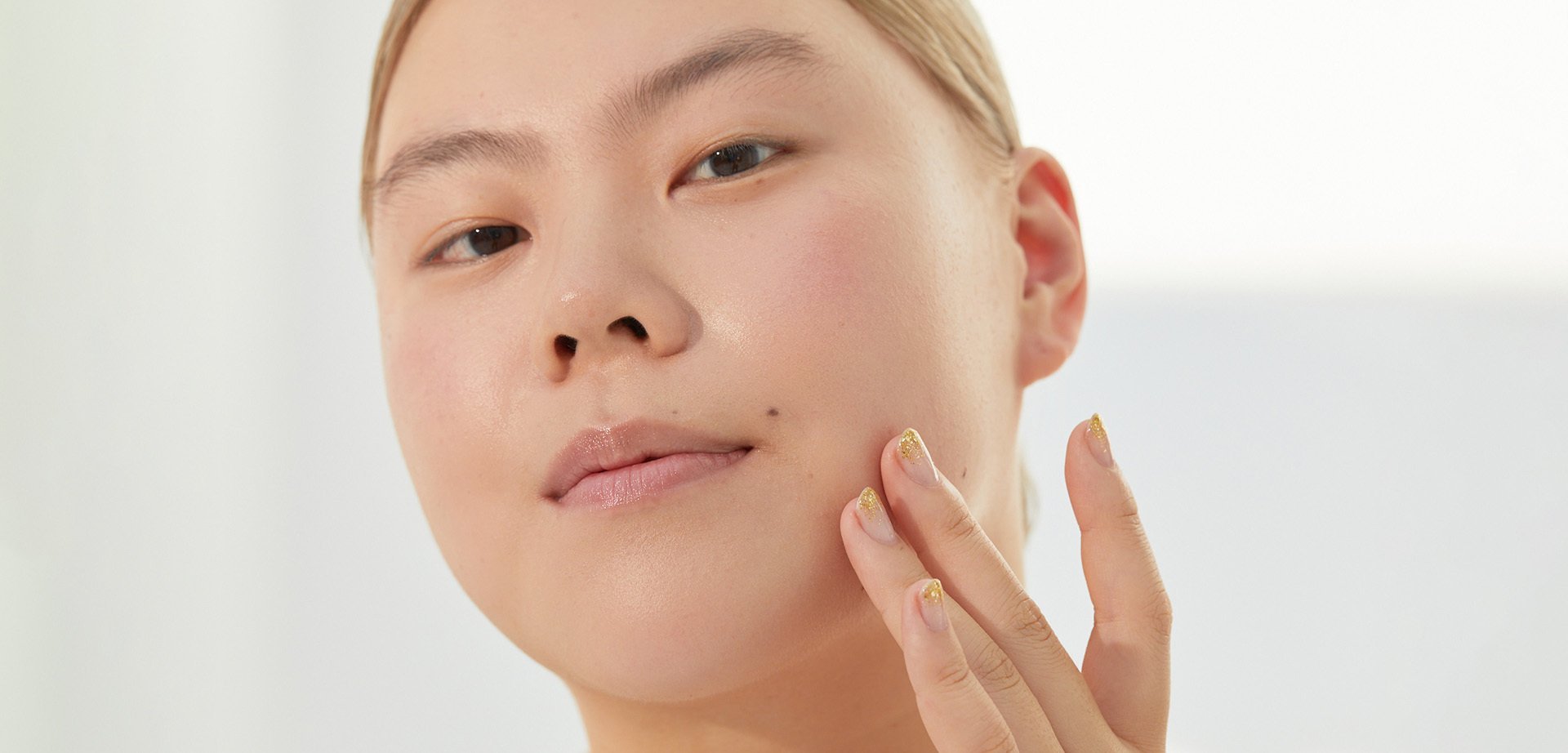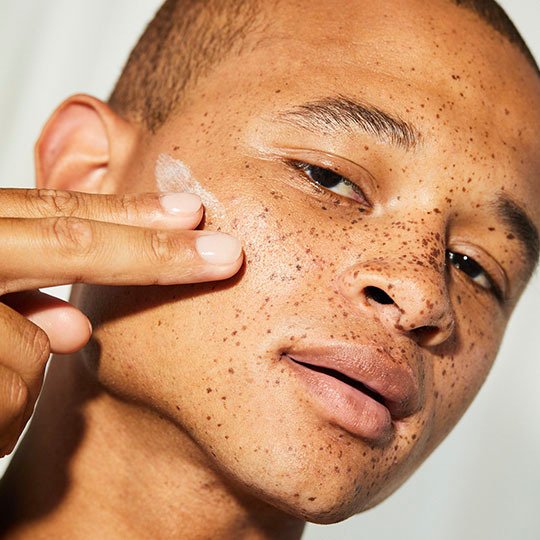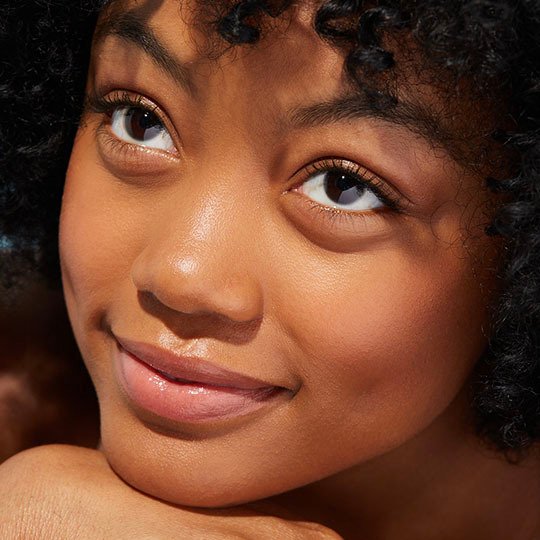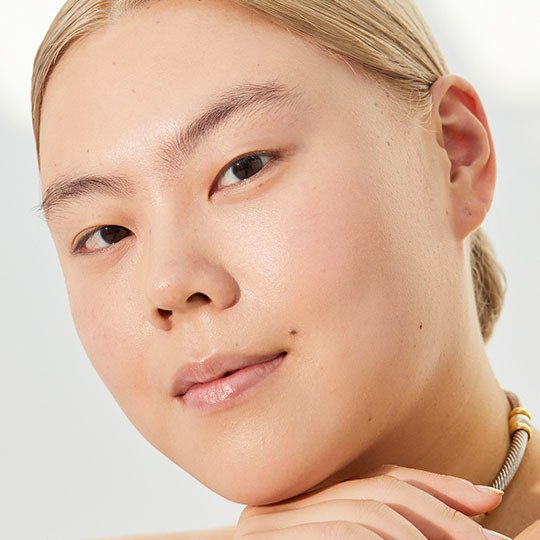Why You Get Pimples Inside Your Nose (And What to Do About Them)
January 17, 2023
Skincare Products for Pimples Near Your Nose
Keep in mind, we are referring to visible pimples near the outer portion of the nostril. You should avoid applying these treatments to areas that are not visible to the eye, and when in doubt, reach out to a board-certified dermatologist for advice about which products are right for you.
Vichy Normaderm S.O.S. Acne Rescue Spot Corrector
Blemishes don’t stand a chance against the maximum strength Vichy Normaderm S.O.S. Acne Rescue Spot Corrector. This spot treatment is formulated with 10% sulfur and glycolic acid to minimize the appearance of pimples by drying them out. But don’t worry, the inclusion of soothing, hydrating niacinamide allows your skin to heal and keeps it from getting overly dry. Apply some to the affected area at night after cleansing and follow it up with moisturizer.

Kiehl's Breakout Control Targeted Acne Spot Treatment
With a potent formula of 10% sulfur, the Kiehl’s Breakout Control Targeted Acne Spot Treatment targets existing acne blemishes while preventing new ones from forming. We like this spot treatment because it absorbs and blends easily into your skin, unlike some other drying creams that need to be reserved for overnight use. You can use it up to three times a day, but keep in mind that you may have to reduce the number of applications if you start to feel your skin getting too dry and peeling.

La Roche-Posay Effaclar Duo Acne Spot Treatment
The La Roche-Posay Effaclar Duo Acne Spot Treatment is developed with benzoyl peroxide, one of the acne-fighting ingredients recommended by Hatfield. The benzoyl peroxide tackles acne, pimples, blackheads or whiteheads — basically any kind of blemish you can imagine having inside your nostril. This spot treatment is also formulated with lipo-hydroxy acid for its exfoliating benefits. While we are recommending it to address individual pimples here, you can also apply this topical cream all over your face if you struggle with acne.

Mario Badescu Drying Lotion
If you’re into skincare, chances are you’ve heard about the Mario Badescu Drying Lotion. This iconic, cult-favorite product is widely heralded for its ability to shrink pimples overnight. The unique formula of pink sediment in liquid is made with sulfur, oil-absorbing zinc oxide and salicylic acid, one of the most popular anti-acne ingredients. Use a cotton swab to tap some of the chalky pink cream onto your pimple before bed and wake up to find that it has practically disappeared. Just remember not to rub it in or apply it on broken skin (like if you’ve tried to pop the blemish).

Photo: Chaunte Vaughn
